Some parties just cannot be complete without a piñata and to be fair, what is there not to like? From the countless shapes, sizes and colors that it could come in to the sweet surprises that its hiding, piñatas are always good fun. Often associated with Mexico, piñatas are containers made out of paper-mache, pottery or cloth filled with toys or candy or both, then broken as part of a celebration or ceremony. Although it is now often associated with the light-heartedness of parties, piñatas have deep roots.
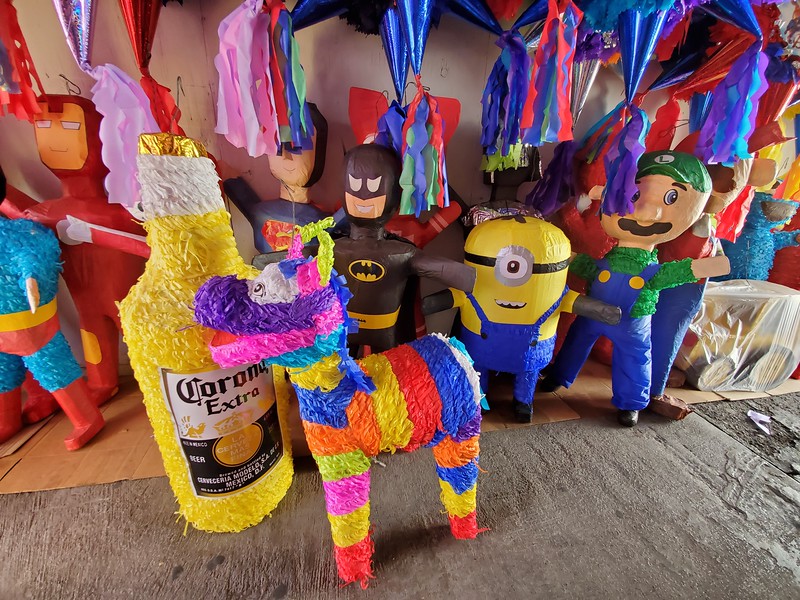
Most people are under the impression that piñatas are of Spanish origin, but they might have actually been created by the Chinese. Piñatas are typically made of paper-mâché, and are attributed to China where paper originated. Marco Polo discovered the Chinese fashioning figures of cows, oxen or buffaloes, covered with colored paper and adorned with ribbons for the new year. It was decorated with symbols and colors meant to attract a favorable climate for the following farming season. The figures were knocked with hard sticks and five types of seeds spilled out. As part of the ritual, the paper creation was then burned and the ashes were gathered for good luck throughout the year. Polo is widely credited for bringing the practice to Italy, where by the 14th century it was associated with the celebration of Lent, and acquired the Italian name pignatta, which translates into clay pot, is the most probable origin of the word as piñatas were initially fashioned in clay. This custom spread to Spain in subsequent centuries, involving a clay pot called la olla, derived from a colloquial Arabic word for a terracotta water jug. Paper decorations and ribbons were wrapped around the pot to make it festive. In Spain, the first Sunday of Lent, “Piñata Sunday”, became a celebration known as the Dance of the Piñata.
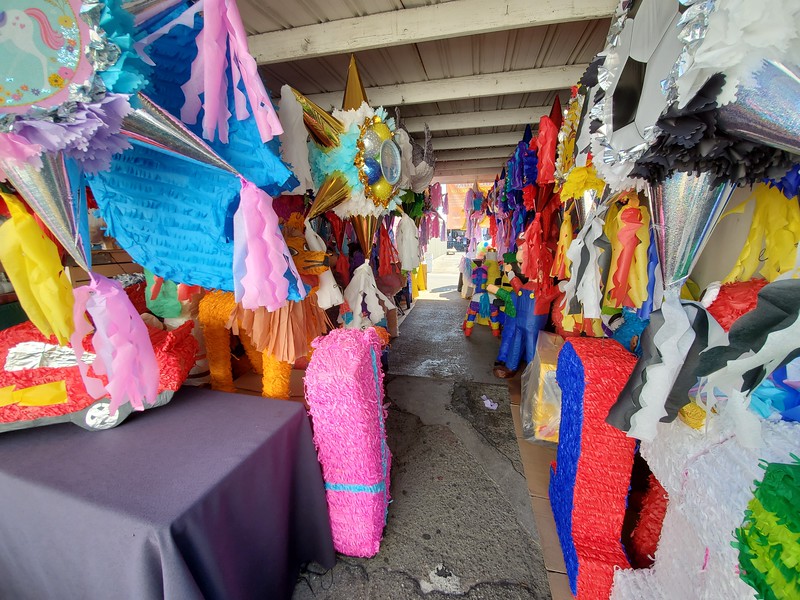
At the beginning of the 16th century the Spanish missionaries to North America used the piñata to attract converts to their ceremonies. However, there was a similar tradition in Mesoamerica already. To celebrate the birthday of the Aztec god of war, Huitzilopochtli, priests placed a clay pot on a pole in the temple at year’s end. Colorful feathers adorned the richly decorated pot, filled with tiny treasures. When broken with a stick or club, the treasures fell to the feet of the idol as an offering. Similarly, the Mayans played a game in which the player’s eyes were covered while hitting a suspended clay pot by a string. The missionaries ingeniously transformed these games for religious instruction. According to local records, the piñata was first used for the purposes of evangelism in 1586, in Acolman, in the modern State of Mexico. The Augustinian monks there modified European piñatas and created the Las Posadas tradition to co-opt the celebration of the birth of Huitzilopochtli, which was celebrated in mid December. They covered the traditional pot with colored paper, giving it an extraordinary, perhaps fearful appearance.
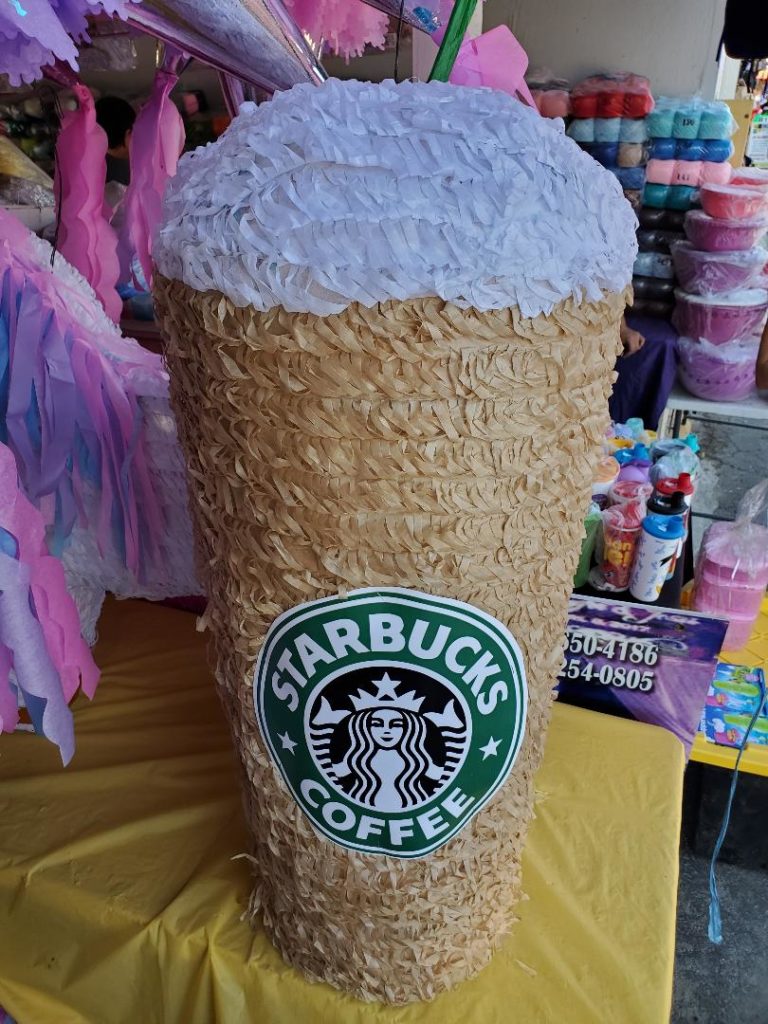
The Mexican Catholic interpretation of the piñata rested on the struggle of man against temptation. The decorated clay pot represents Satan who often wears an attractive mask to attract humanity. The most traditional style piñata is a spherical shape or a pot, representing evil, with seven conical points symbolizing the seven deadly sins. The bright colors of the piñata, the seasonal fruit and candy inside symbolize the temptation to fall into these sins. The person with the stick is blindfolded to represent faith, which must be blind. The turning, singing and shouting represent the disorientation that temptation creates. The people that are gathered around you can either help you and encourage you or purposefully deceit you when trying to hit the piñata. In some traditions, the participant is turned thirty three times, one for each year of Christ’s life. These interpretations were given to the piñata for catechism purposes. As the participant beats the piñata, it is supposed to represent the struggle against temptation and evil. When the piñata breaks, the treats inside then represent the rewards of keeping the faith. Thus, the piñata is rooted in theological virtues. In Mexico, it is traditionally broken during the celebration of the 12 days before Christmas, Posadas; an event that re-enacts the plea of Mary and Joseph before the birth of Christ.
Since this time the piñata has all but lost its religious significance and has become popular in many types of celebrations, not just during Posadas. The clay pot has been replaced with a papier-mâché container. It comes in all shapes and sizes; its purpose can be for celebrations or political statements. Disney has attempted to sue piñata manufacturers for copyright infringement but has seen no success as many of them are hand made and sold in town markets. Piñatas and other forms derived from it are still present all around the world. In the US, it remains popular not only within Mexican-American, Hispanic or Latino communities but in other communities as well. You can always find piñatas at a swap meet near you. Across the world, similar traditions are still being practiced in Denmark, Italy, India, Japan and the Philippines.
Regardless of where it came from or where you are celebrating, piñatas have become a party staple worldwide. Next time you plan a party and need that extra flair, consider getting a personalized piñata!
The Maclin Swap Meet in Ontario, CA offers a variety of products and yes, you guessed it right, piñatas are one of them. Johana, the owner of the Piñata store, sells a wide array of colorful piñatas for your parties. She also sells candies, toys and other products. Visit their store at the Maclin Swap Meet, stall B5. You may contact her at (909) 210-0867 for inquiries.
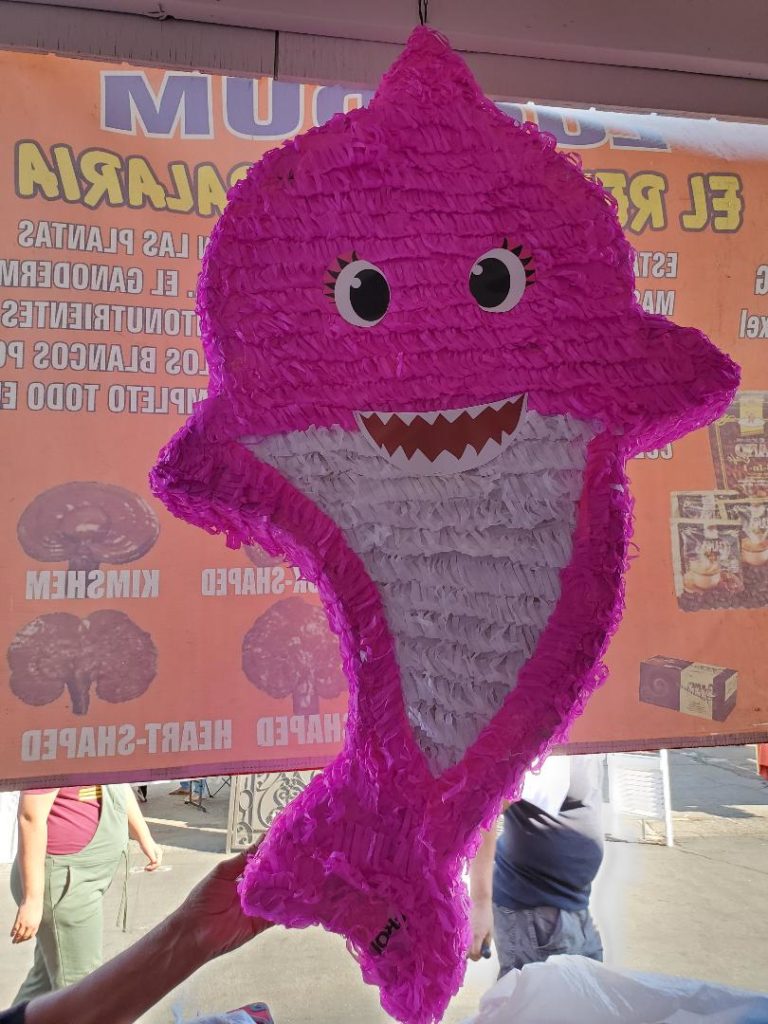
In addition, if you want to know what swap meet products are available in your area, download the Swap Meet Shops app find the nearest swap meet near you. From the app, you’d see a variety of products such as keys, sports collectibles, Mexican clothes and products, quartz, fountains, sombreros, wine holders, flowers, appliances (refrigerators), watches, phone/device charges and more. If you want to know if a product is available in the swap meet near you, please let us know by leaving a comment here.

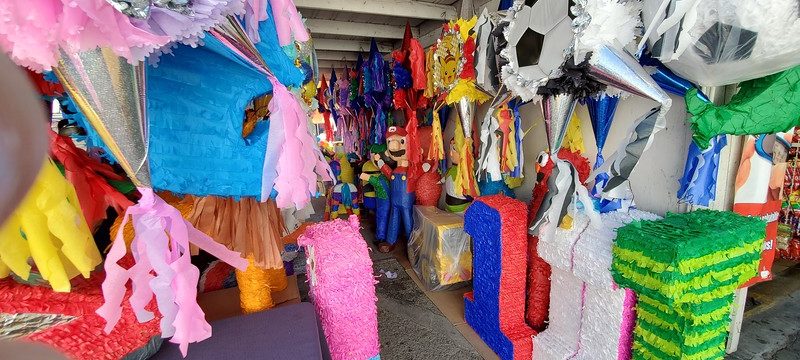
One comment